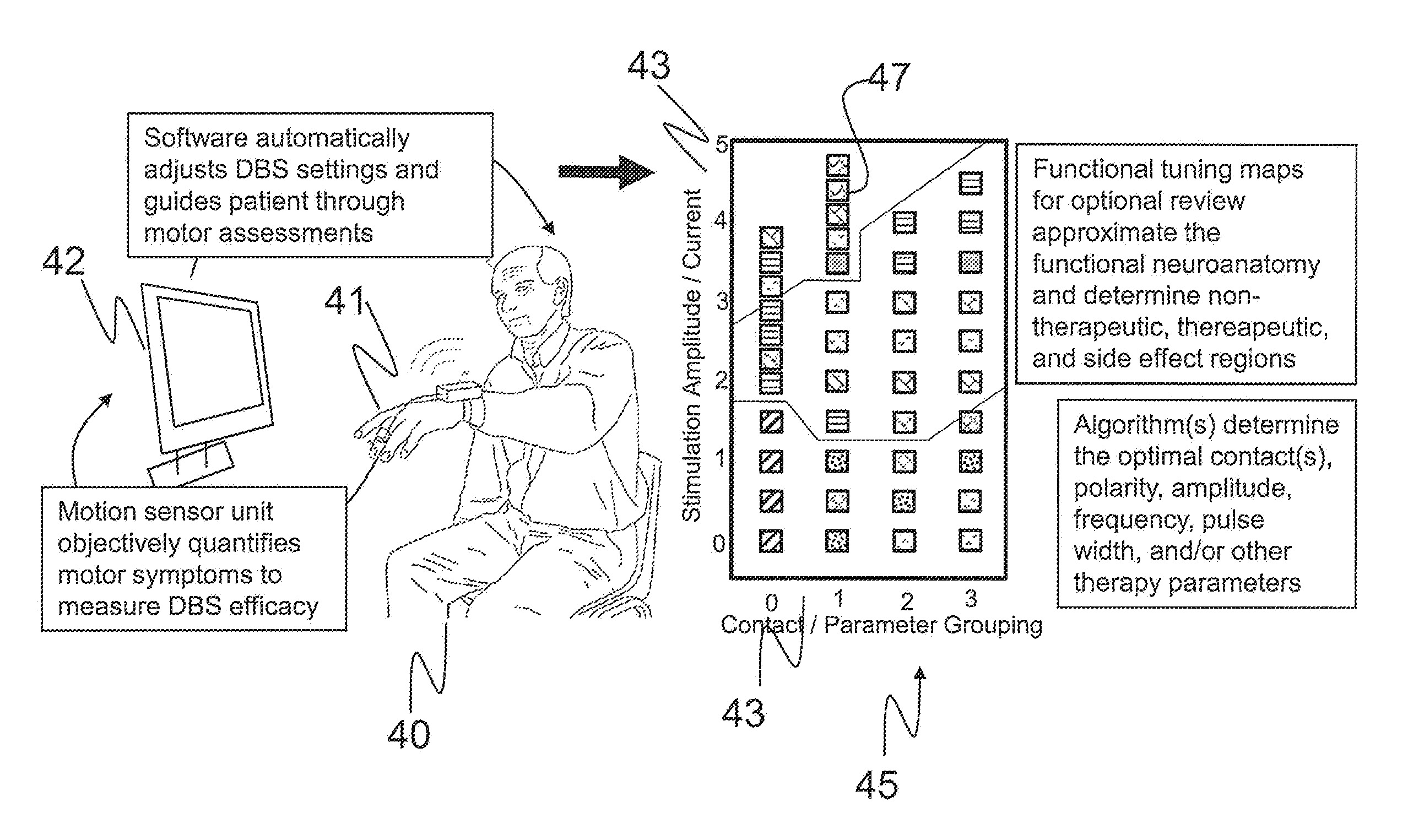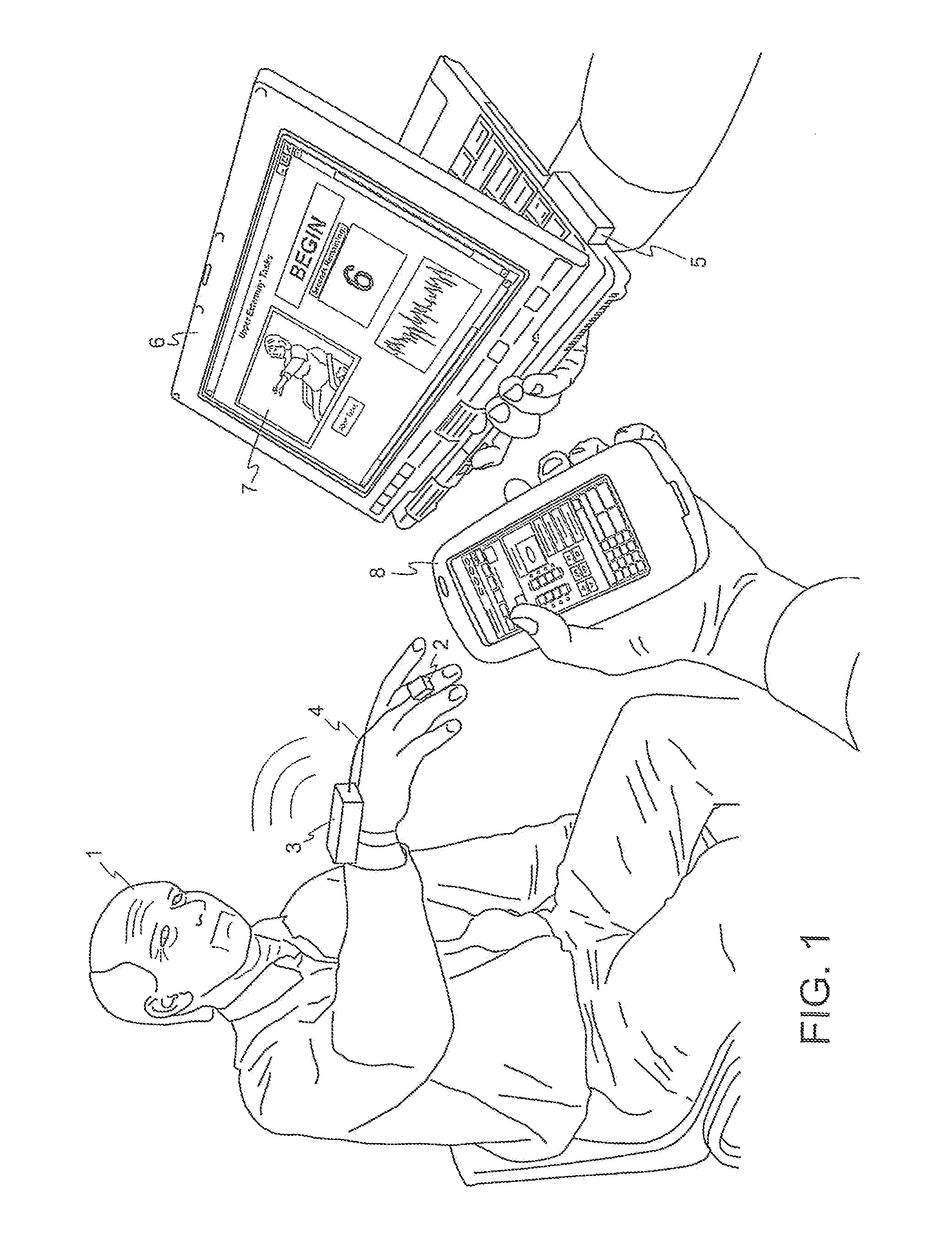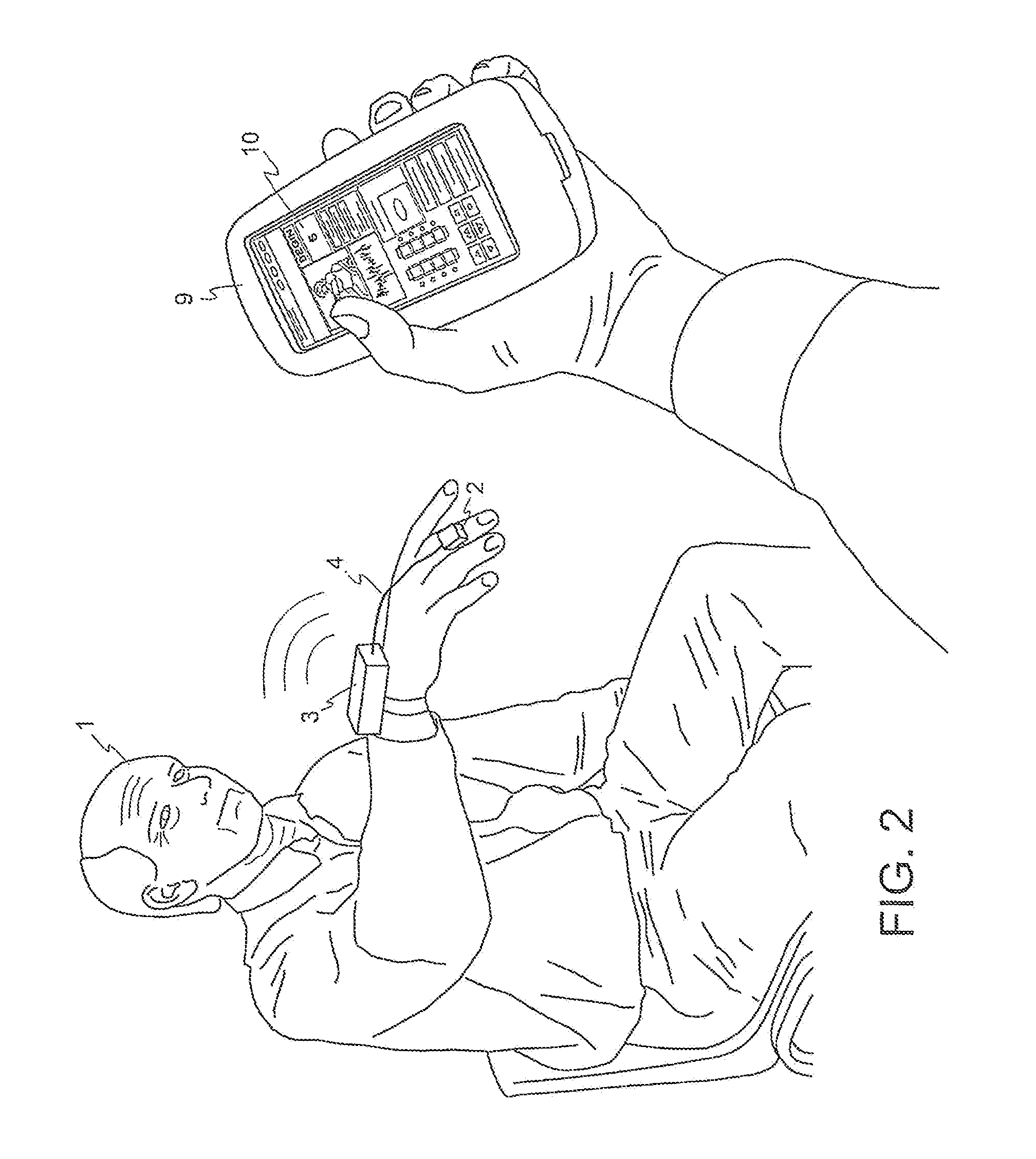Movement disorder therapy system and methods of tuning remotely, intelligently and/or automatically
a technology for movement disorder and therapy system, applied in the field of therapeutic medical equipment systems, delivery systems, devices and/or methods, can solve problems such as the limit of continuous operation, and achieve the effects of maximizing the therapeutic window, maximizing the therapeutic battery life, and increasing the subject's quality of li
- Summary
- Abstract
- Description
- Claims
- Application Information
AI Technical Summary
Benefits of technology
Problems solved by technology
Method used
Image
Examples
Embodiment Construction
[0068]The present invention relates to methods for semi-automatically and automatically adjusting, or tuning, treatment parameters in movement disorder therapy systems either in a location separate from the patients (remotely) or at the patient's location. Semi-automatic adjustment includes providing the clinician, physician or technician with objective, quantitative or semi-quantitative data or measurements related to a subject's movement disorder symptoms, determining desired parameters, and then entering those parameters either manually, semi-automatically or automatically into the subject's device. Semi-automatic and automatic adjustment includes providing objective, quantitative or semi-quantitative data or measurements related to a subject's movement disorder symptoms to an algorithm, determining desired parameters using the algorithm, and then entering those parameters either semi-automatically (i.e., allowing clinician, physician or technician to accept the recommended adjus...
PUM
 Login to View More
Login to View More Abstract
Description
Claims
Application Information
 Login to View More
Login to View More - R&D
- Intellectual Property
- Life Sciences
- Materials
- Tech Scout
- Unparalleled Data Quality
- Higher Quality Content
- 60% Fewer Hallucinations
Browse by: Latest US Patents, China's latest patents, Technical Efficacy Thesaurus, Application Domain, Technology Topic, Popular Technical Reports.
© 2025 PatSnap. All rights reserved.Legal|Privacy policy|Modern Slavery Act Transparency Statement|Sitemap|About US| Contact US: help@patsnap.com



